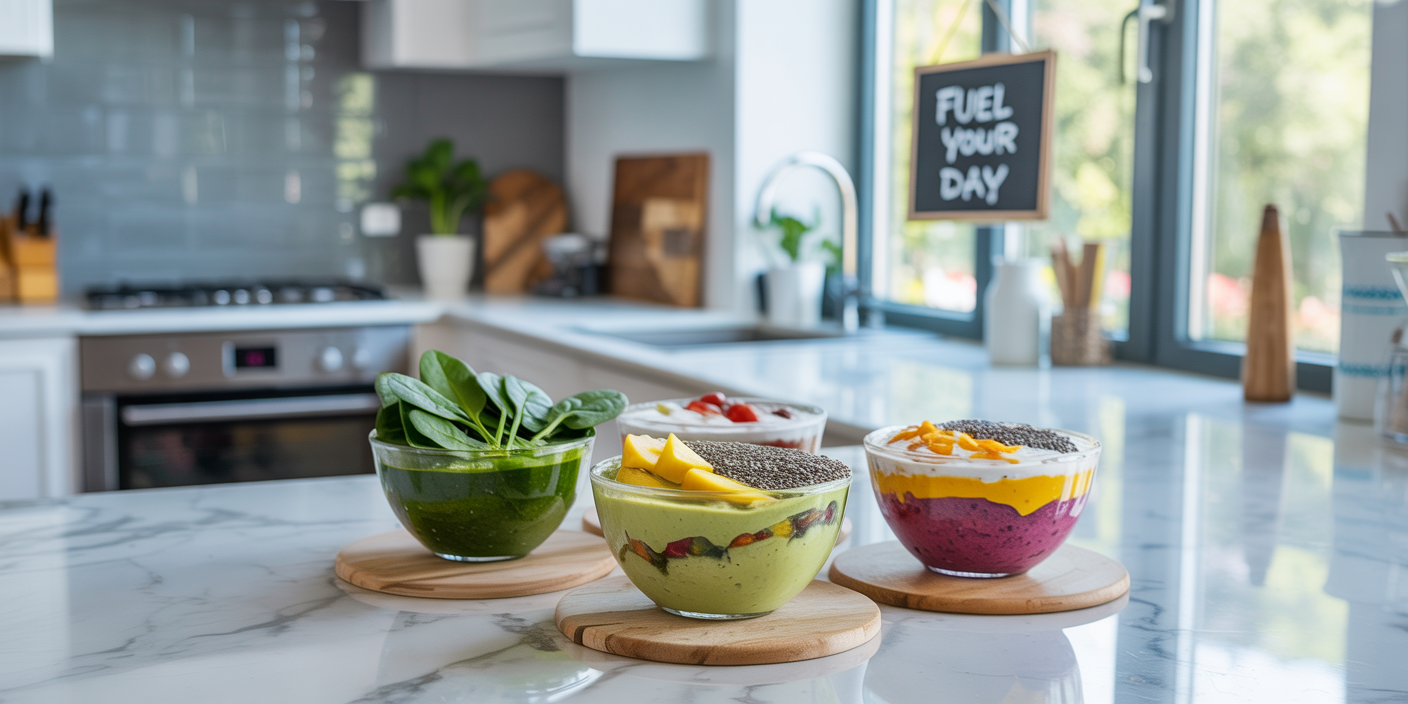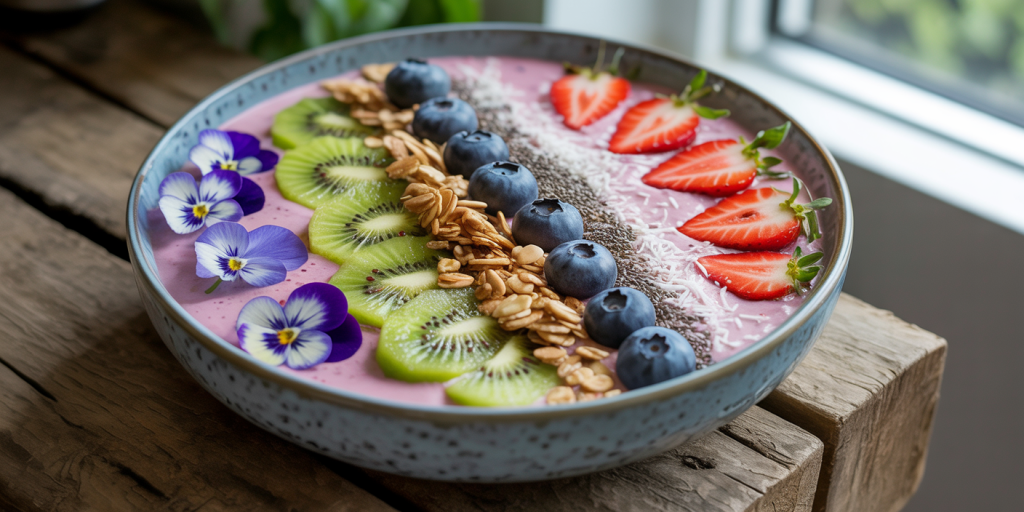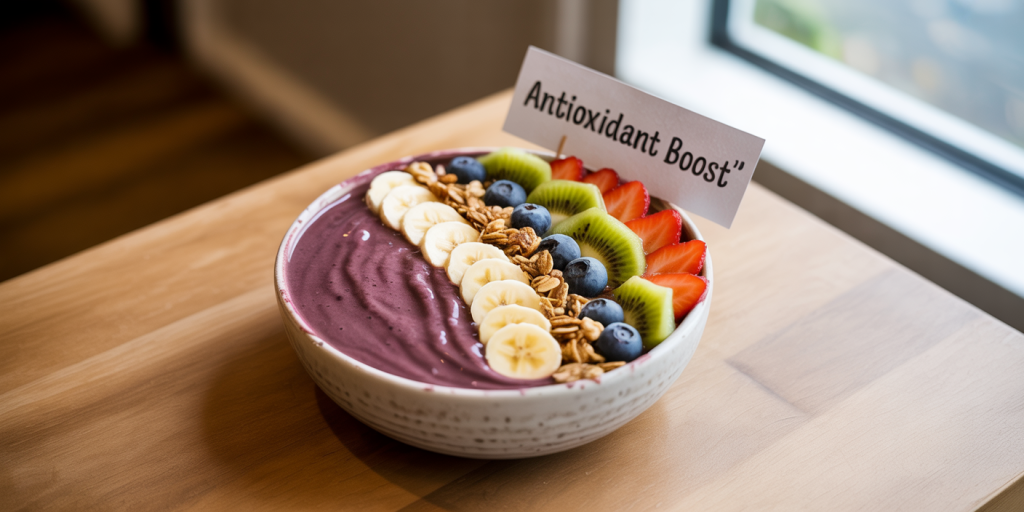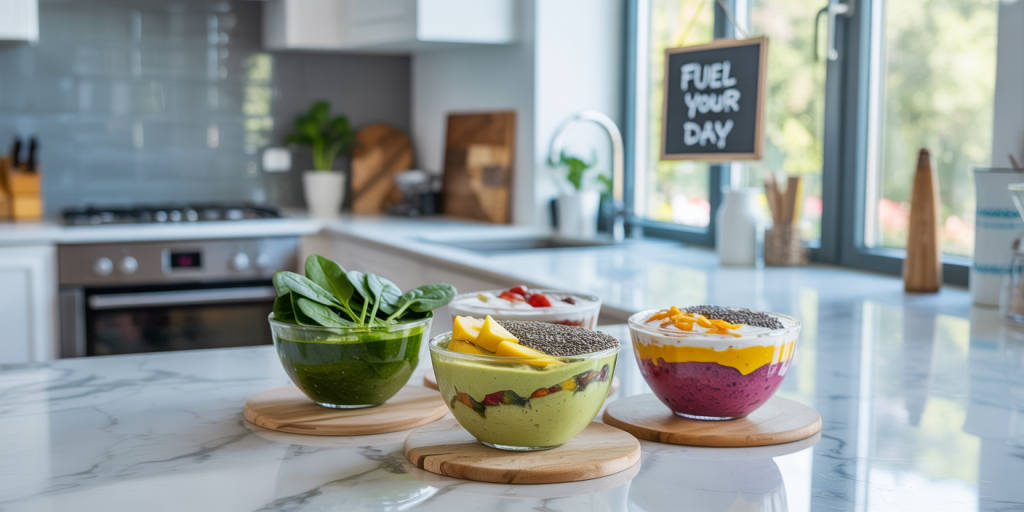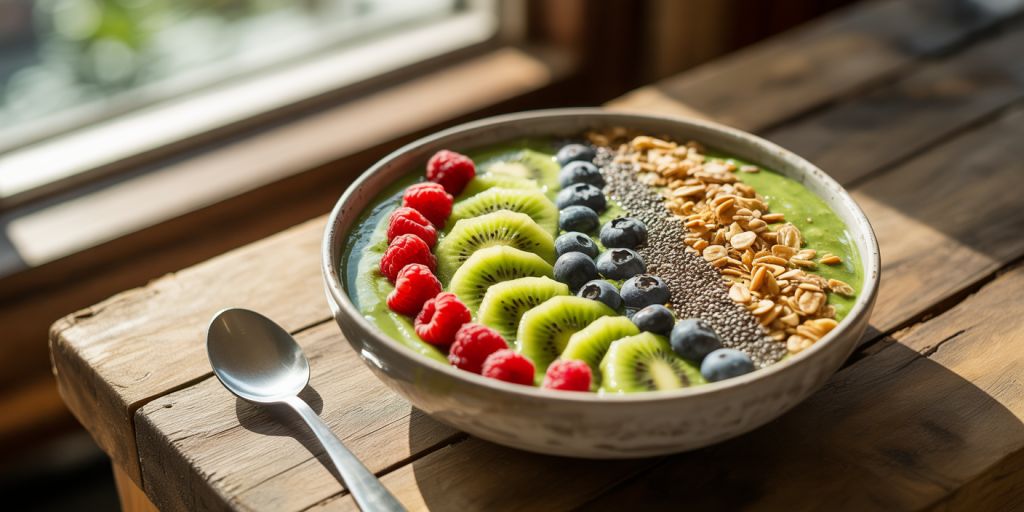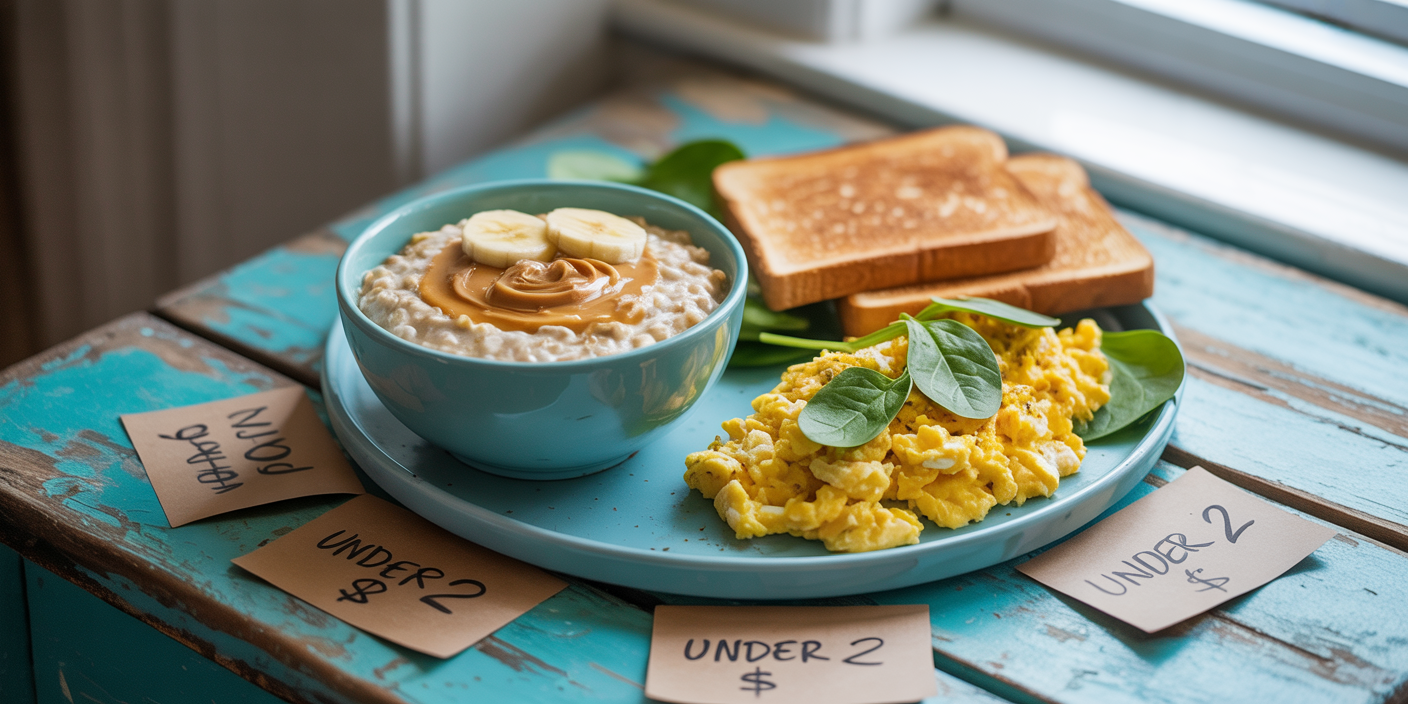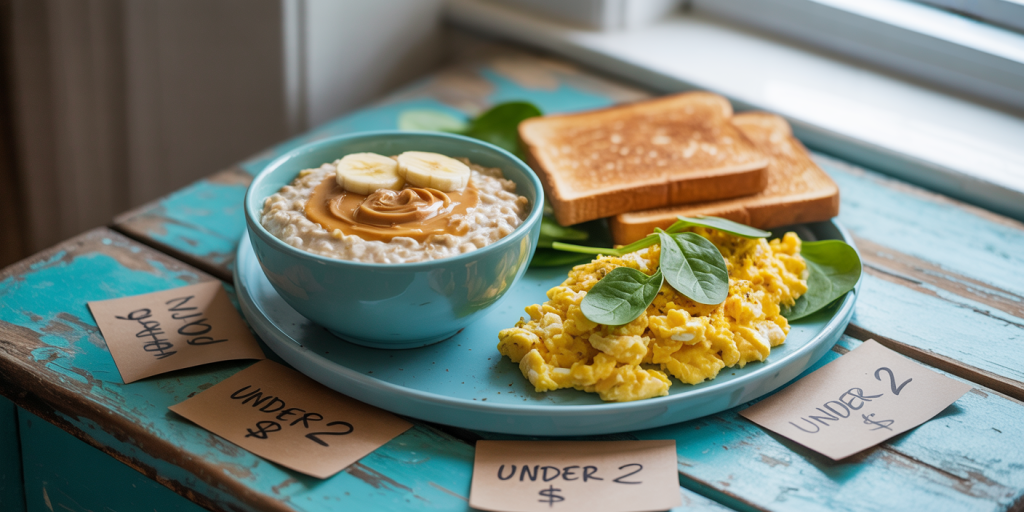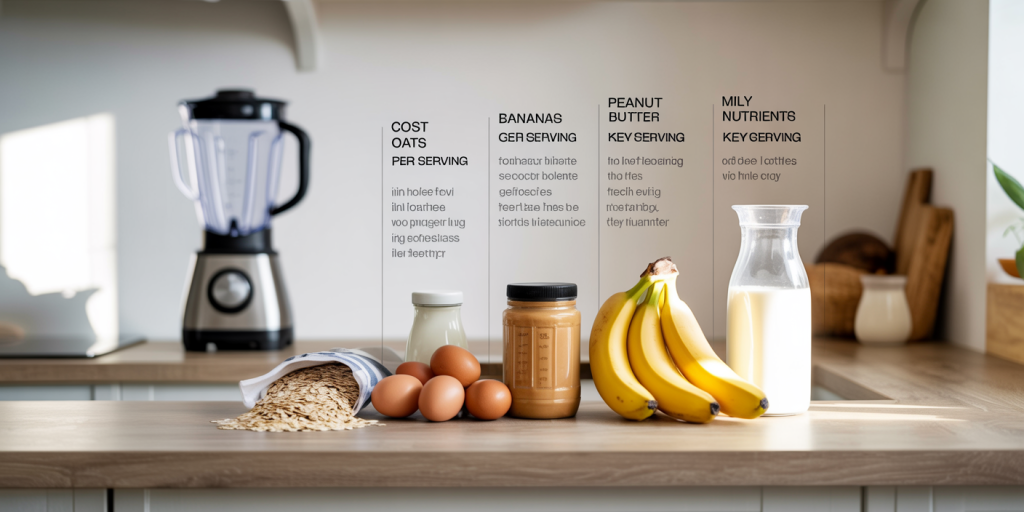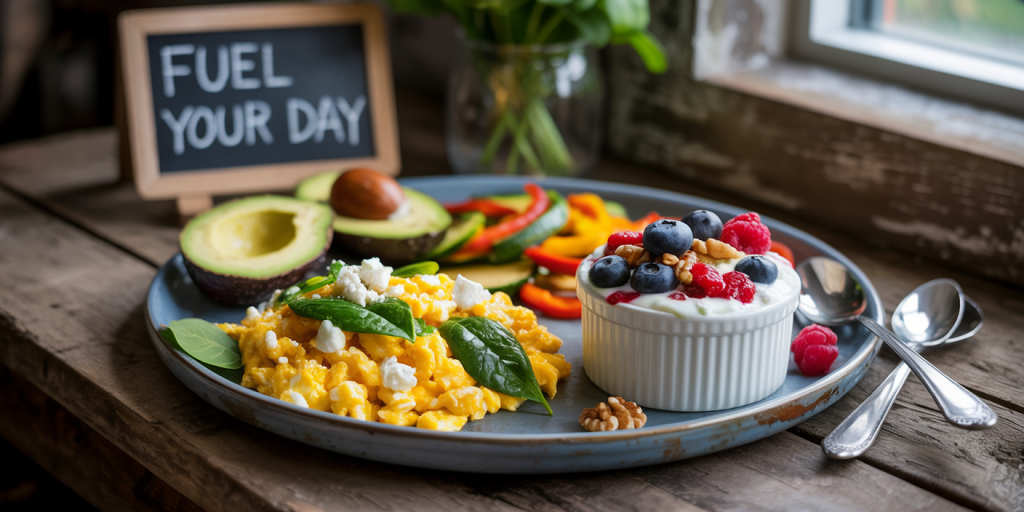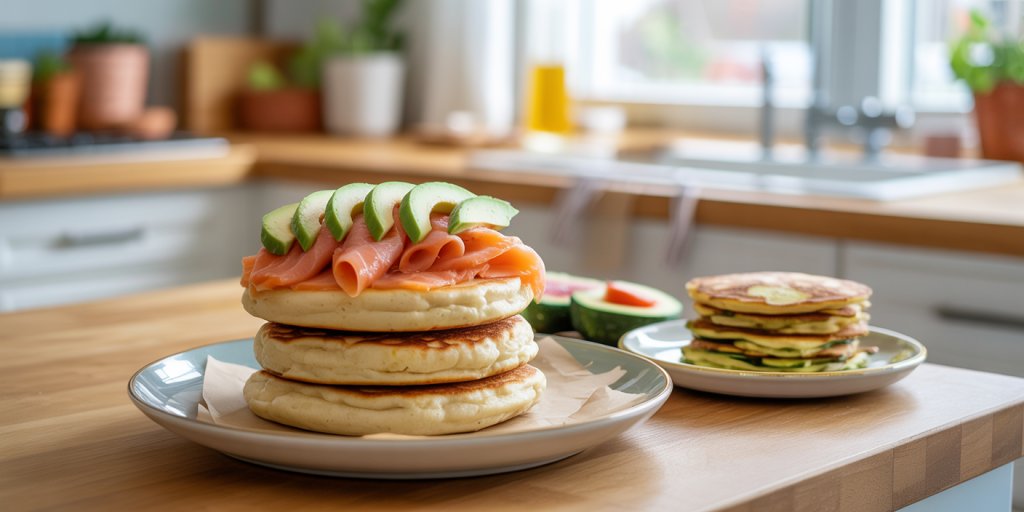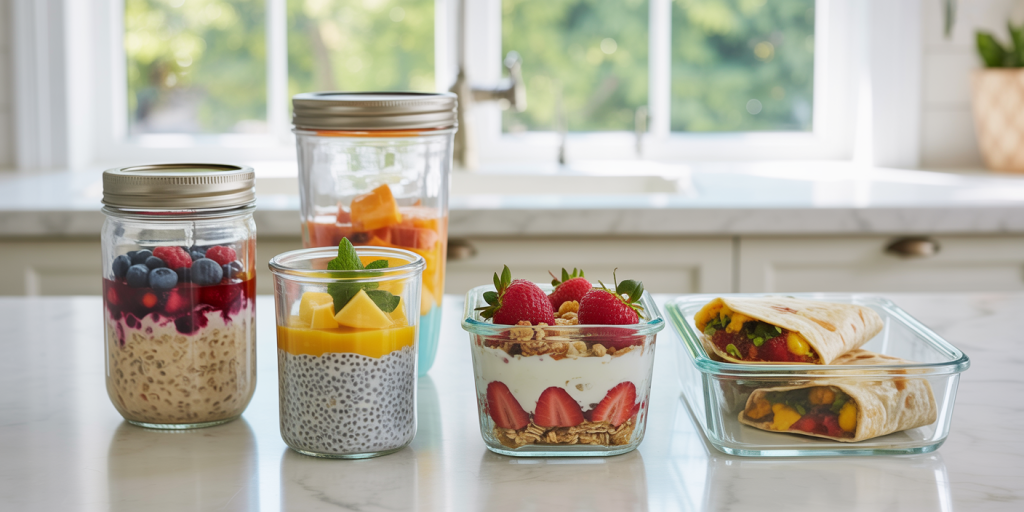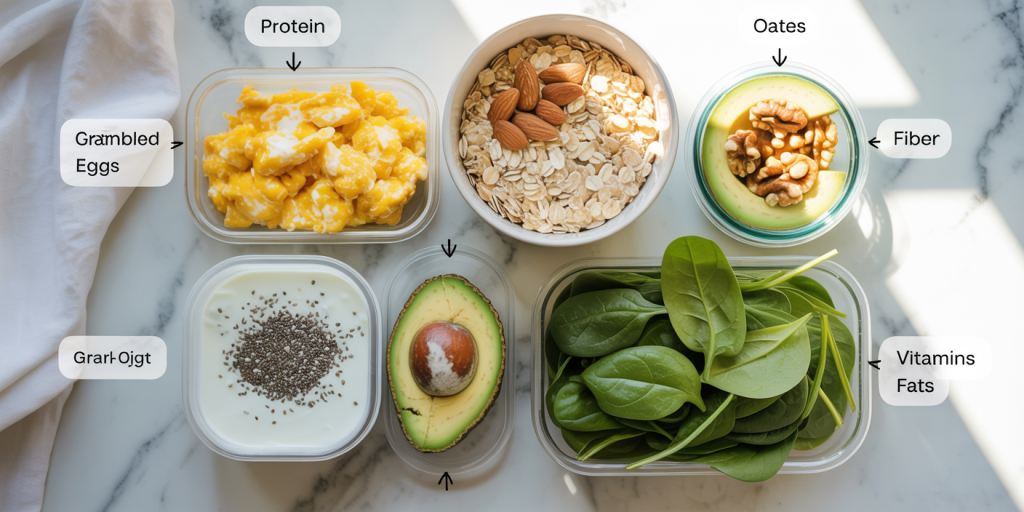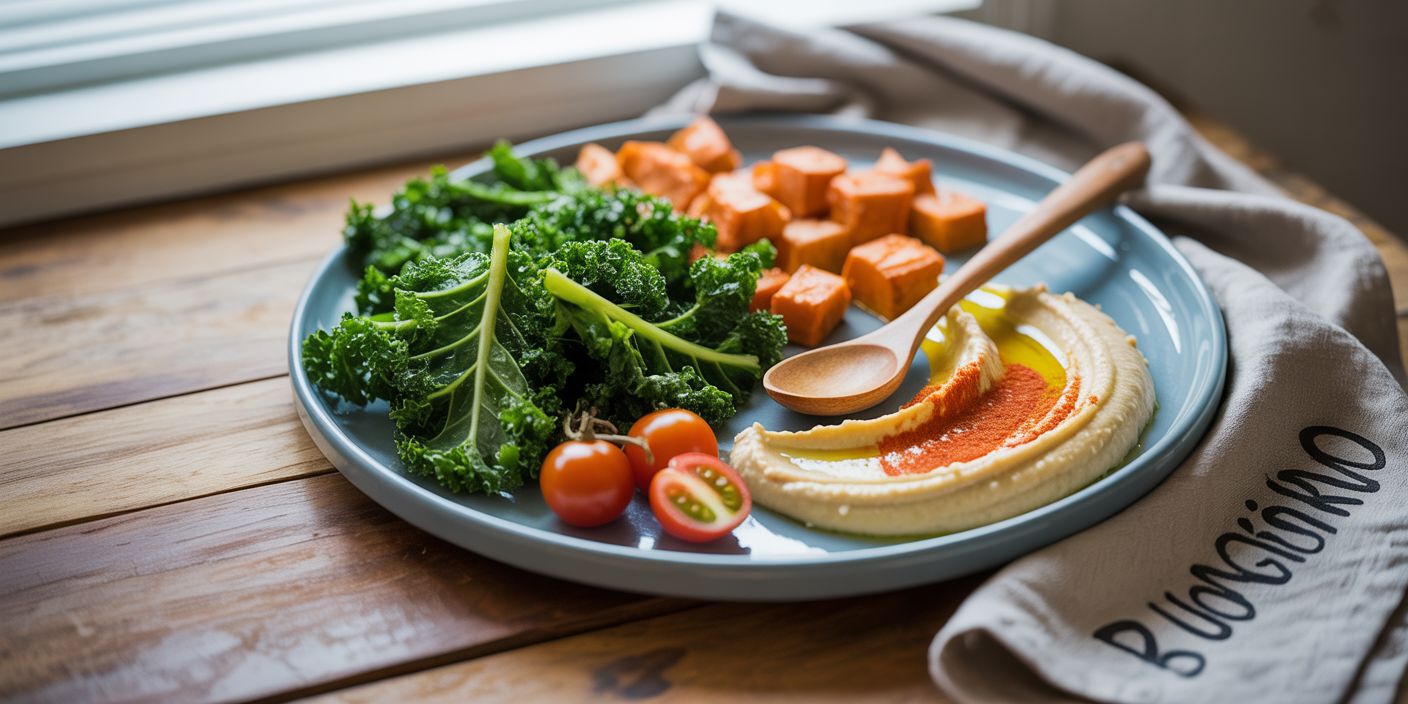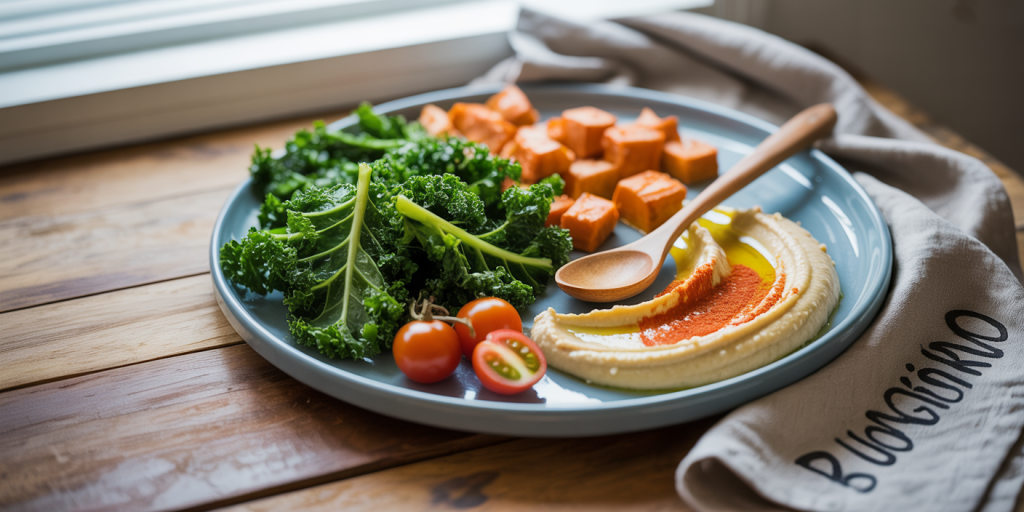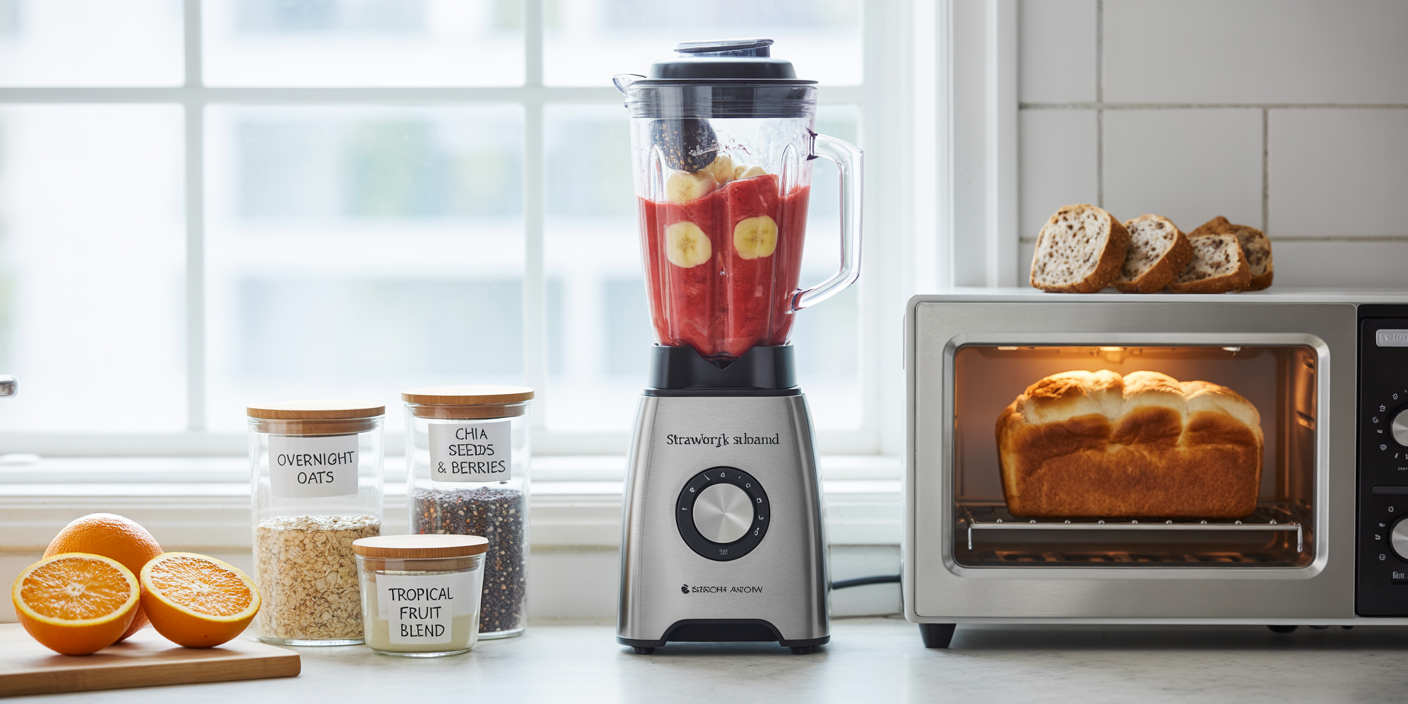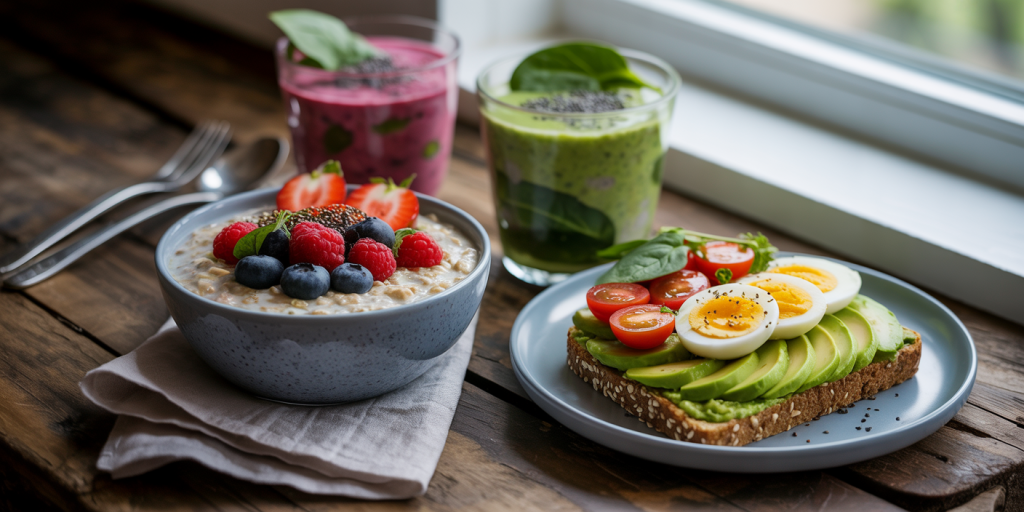Creating a romantic dinner at home is a meaningful way to connect with your partner while enjoying a delicious meal in a cozy, intimate setting. In a fast-paced world where dining out can be costly and impersonal, preparing an easy yet memorable dinner for two offers both financial savings and personal satisfaction. According to a 2023 survey by The Knot, 68% of couples reported that home-cooked dinners made their date nights feel more special and personalized, highlighting the growing preference for intimate dining experiences within the comfort of home.

This article explores practical recipes, effective setup tips, and offers a comparative look at meal choices to ensure your romantic evening is stress-free, enjoyable, and flavorful. Whether you are celebrating an anniversary, a special occasion, or simply want to elevate your routine date night, these easy recipes and guidance will help you create lasting culinary memories.
The Appeal of Home-Cooked Romantic Dinners
Cooking at home allows couples to tailor the meal to their tastes, dietary needs, and time constraints. Preparing food together can also enhance teamwork, deepen emotional bonds, and promote positive communication. A 2022 study published in the *Journal of Family Psychology* found that couples who cook together at least once a week reported higher relationship satisfaction than those who rarely or never cook as a pair.
From an individual perspective, home cooking reduces the stress involved in busy restaurant settings and eliminates issues such as crowded environments and loud noise, common deterrents to an enjoyable date night. Moreover, home-prepared meals often align better with health goals. For instance, the CDC reports that homemade meals contain 140 fewer calories per day on average than restaurant meals, making home dinners not only romantic but also healthier.
Setting the Mood: Ambience and Arrangement Tips
A romantic dinner extends beyond just the food; the atmosphere plays a crucial role in creating a memorable experience. Lighting, table setting, and music are key elements that can transform a simple meal into a romantic event.
Begin with soft lighting, which enhances intimacy. Candles are a classic choice, but string lights or dimmable lamps also work well. Use white or pastel linens and keep the table uncluttered to maintain an elegant look. Incorporating simple décor, like fresh flowers or thematic napkins, adds thoughtful details without overwhelming the table. Playlists with gentle instrumental music or your partner’s favorite slow songs maintain a soothing background without distracting from conversation.
Real-life example: Emma and John, a couple from Seattle, shared how setting the dining table with soft white candles and playing a curated playlist of jazz standards turned their ordinary pasta dinner into a “restaurant-quality experience” at home. They also suggest prepping the meal earlier so you can both focus on enjoying the evening together.
Easy Appetizer Options to Start the Evening
Starting the dinner with a light and flavorful appetizer sets a positive tone without overwhelming the main course. Consider dishes that require minimal prep but look impressive on the plate.
One popular and easy starter is a classic Caprese salad, combining ripe tomatoes, fresh mozzarella, basil, olive oil, and balsamic glaze. This dish involves no cooking and offers fresh, sharp flavors that balance well with many main dishes. Another simple yet elegant option is stuffed mushrooms with garlic, cream cheese, and herbs. These can be baked quickly and served warm, making an inviting appetizer that feels indulgent but remains light.
From a practical standpoint, appetizers should complement but not overshadow the main dish. Here’s a comparative table showcasing three common easy appetizer choices for romantic dinners:
| Appetizer | Preparation Time | Cooking Required | Ease of Assembly | Flavor Profile | Pairing Recommendations |
|---|---|---|---|---|---|
| Caprese Salad | 10 minutes | None | Very Easy | Fresh, tangy, creamy | Pairs well with seafood, pasta |
| Stuffed Mushrooms | 20 minutes | Baking | Moderate | Savory, creamy | Great with steak, chicken dishes |
| Shrimp Cocktail | 15 minutes | Boiling (shrimp) | Easy | Light, zesty | Complements white wine dishes |
Selecting an appetizer that aligns with both meal style and personal preferences ensures a seamless transition to the entrée without overwhelming your preparation time.
Main Course Ideas That Impress Without Stress
The main course anchors the dinner and should strike a balance between deliciousness and ease of preparation. For couples aiming for romantic yet low-stress meals, consider recipes that have common ingredients, are quick to cook, and can be plated beautifully.
One universally loved dish is pan-seared salmon fillets with lemon butter sauce. Salmon not only cooks quickly in about 10 minutes but also offers heart-healthy omega-3 fatty acids. Paired with roasted asparagus and garlic mashed potatoes, this meal is both nutritious and elegant. Another excellent choice is chicken piccata, where thin chicken breasts are sautéed and finished with a lemon-caper sauce, delivering bold flavor with minimal fuss. Vegetarian couples might enjoy risotto with seasonal vegetables, which, while requiring some attention, offers a comforting and luxurious texture.
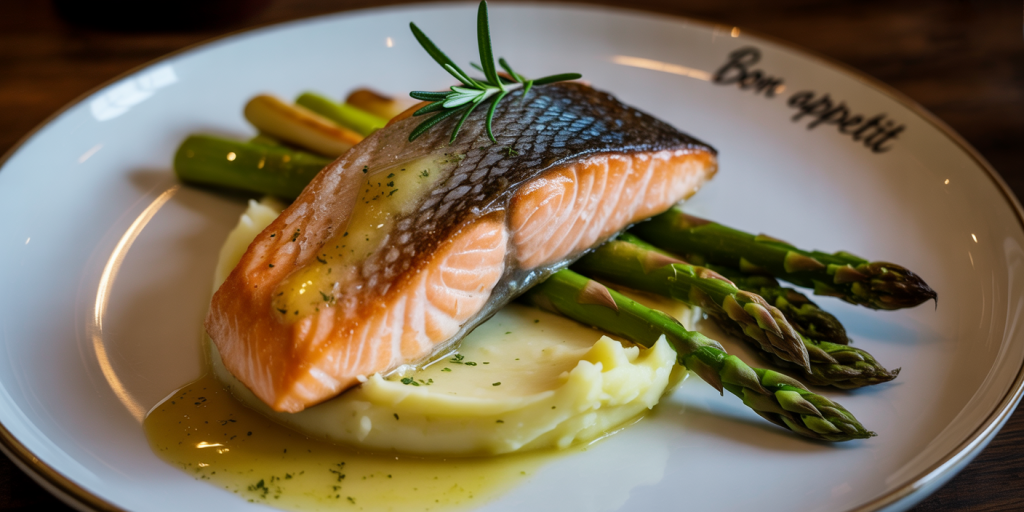
A case study from a popular cooking blog highlights that couples who chose salmon dishes rated their dinner experience 4.7 out of 5 for satisfaction and ease, whereas those opting for risotto appreciated the process but noted it required more patience.
Dessert Delights: Finish Sweetly
No romantic dinner feels complete without a thoughtful dessert. Keeping this course simple yet decadent makes the end of the meal feel special without adding stress.
Chocolate-dipped strawberries are a classic go-to, combining minimal effort with high visual appeal and rich taste. They require only melting chocolate and dipping fresh strawberries, making a luscious dessert in minutes. For something more indulgent, a quick homemade panna cotta or a no-bake cheesecake in small ramekins provides creamy sweetness and can be prepared ahead of time, chilled, and unveiled impressively at the end of the meal.

Including a small dessert with wine or coffee enhances the flavor journey and keeps the mood relaxed. According to a 2023 survey by the National Confectioners Association, couples who share dessert during date nights at home describe the experience as “more intimate” and “romantically satisfying” 73% of the time.
Comparing Romantic Dinner Choices: A Nutritional and Time Efficiency Table
Choosing the right dishes depends on various factors including dietary preferences, time availability, and desired flavor intensity. The table below summarizes three complete meal combinations tailored for romantic dinners, factoring in preparation time, calorie count per serving, and overall ease.
| Meal Combination | Prep & Cook Time | Estimated Calories per Serving | Difficulty Level | Suitability |
|---|---|---|---|---|
| Pan-Seared Salmon + Roasted Asparagus + Mashed Potatoes | 30 minutes | 550 | Easy | Heart-healthy, pescatarian-friendly |
| Chicken Piccata + Lemon Herb Quinoa + Steamed Broccoli | 35 minutes | 620 | Moderate | Protein-rich, low-carb option |
| Mushroom Risotto + Side Salad + Balsamic Glazed Vegetables | 45 minutes | 700 | Intermediate | Vegetarian, rich and creamy, requires attention |
Deciding among these options can depend on time constraints and dietary needs. For example, those with limited cooking experience or time may choose salmon for its speed and straightforward recipe. Meanwhile, mushroom risotto suits those who enjoy cooking as part of the evening’s bonding experience.
Future Perspectives: Evolving Trends in Home Romantic Dining
As consumer tastes evolve and remote lifestyles continue, the trend toward romantic dinners at home is likely to grow. Digital platforms and apps offering tailored recipe suggestions and step-by-step virtual cooking classes are increasingly popular, helping couples discover new cuisines and techniques. The 2024 State of the Foodservice Industry report projects a 25% rise in home dining experiences focusing on “date night” themes over the next five years.
Sustainability will also shape future home cooking choices. More couples are choosing locally sourced, organic ingredients to minimize environmental impact and support community producers. Emerging smart kitchen appliances, such as AI-assisted ovens and smart sous-vide machines, will make preparing restaurant-quality meals more accessible, even for those with limited culinary skills.
Moreover, virtual reality and augmented reality technologies may soon add immersive elements to romantic dining by simulating exotic dining rooms or scenic views, combining technology with tradition to create unmatched dining atmospheres.
By embracing these continued innovations and trends, couples can look forward to even more personalized, convenient, and enriching romantic dinners at home. Whether opting for classic approaches like candlelight and homemade recipes or incorporating high-tech tools, the core essence of intimate, shared food experiences will likely remain at the heart of relationship-building for years to come.
This detailed guide highlights how romantic dinners at home can be both easy and memorable with careful planning, simple yet elegant recipes, and attention to ambiance. Using the insights and ideas outlined here, couples can confidently transform ordinary evenings into extraordinary culinary celebrations.

